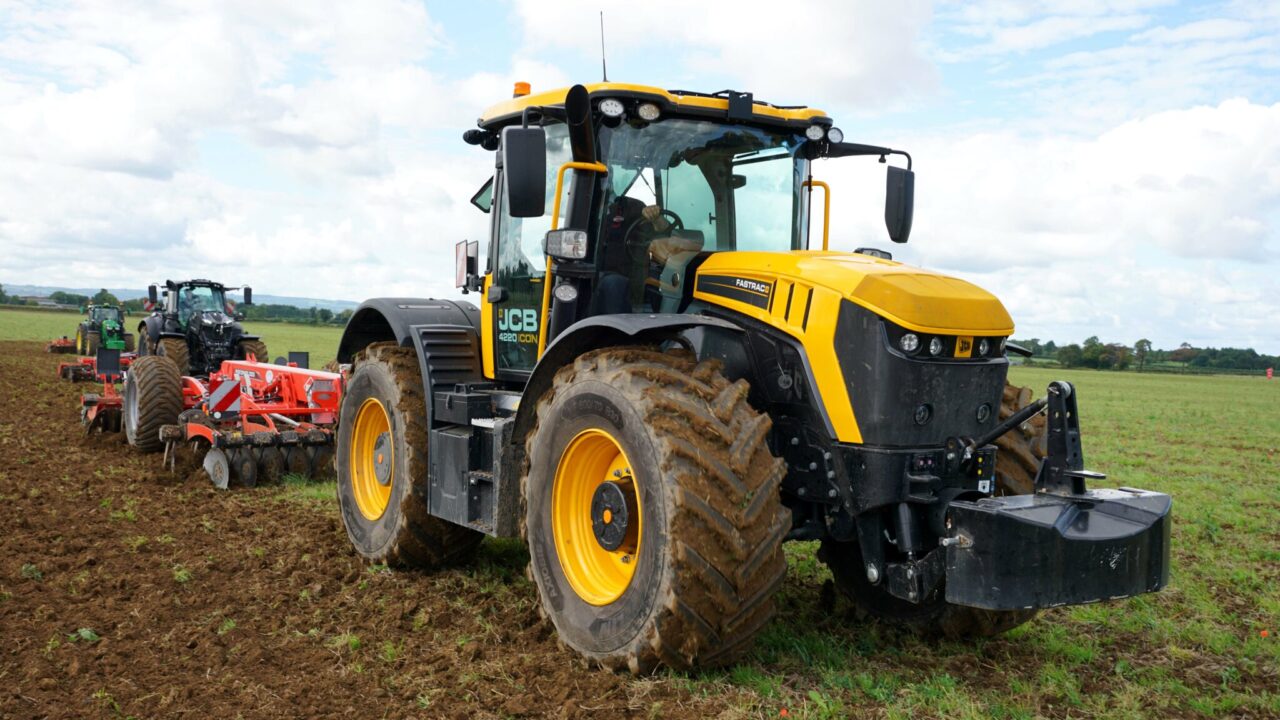The back end of this summer saw a massive burst of marketing activity as the agricultural machinery industry laid on demonstrations of all their latest products before their appearance got swamped by the tsunami of news from Agritechnica.
It was a busy period for members of the media with a good deal of travel involved and some events being missed due to a clash of dates.
However, from the melee, there emerged several trends that are likely to shape the industry in both the long- and short-term.
Adoption of organic techniques
As regularly reported by Agriland, there is a great move towards mechanical weeding and shallow cultivation with companies such as Lemken, Pottinger and Kverneland all buying up specialist companies which have, in the main, being developing machines for organic farming.
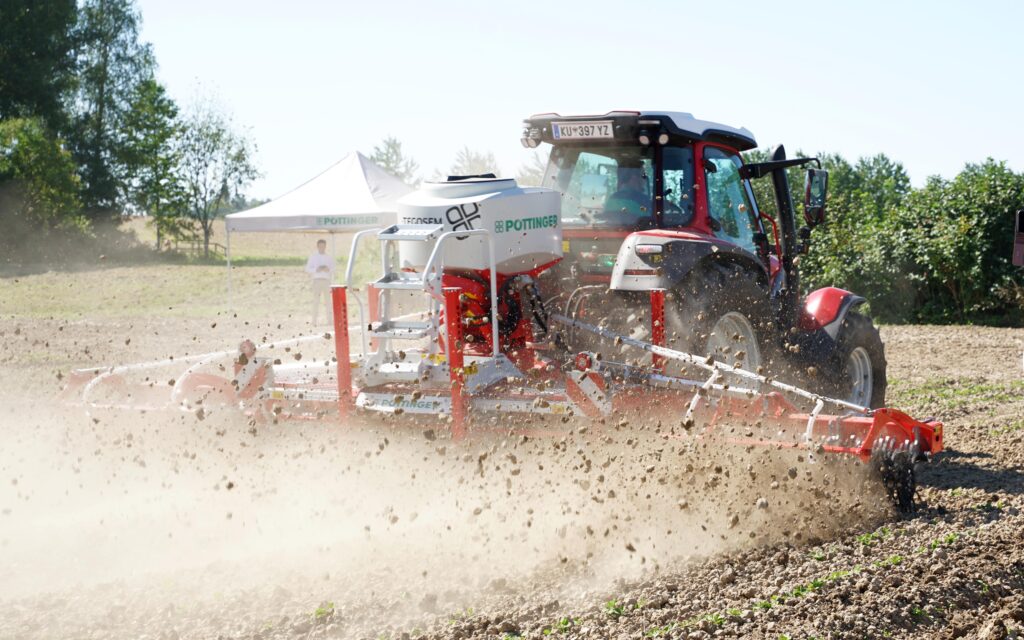
Over the last year there has been the opportunity to see several of these implements at work in the field, in circumstances that were never the most challenging.
While they performed as claimed, there remains the suspicion that they are tools that tend to require specific conditions in which to work well, and those conditions are only present in Ireland on a very occasional basis.
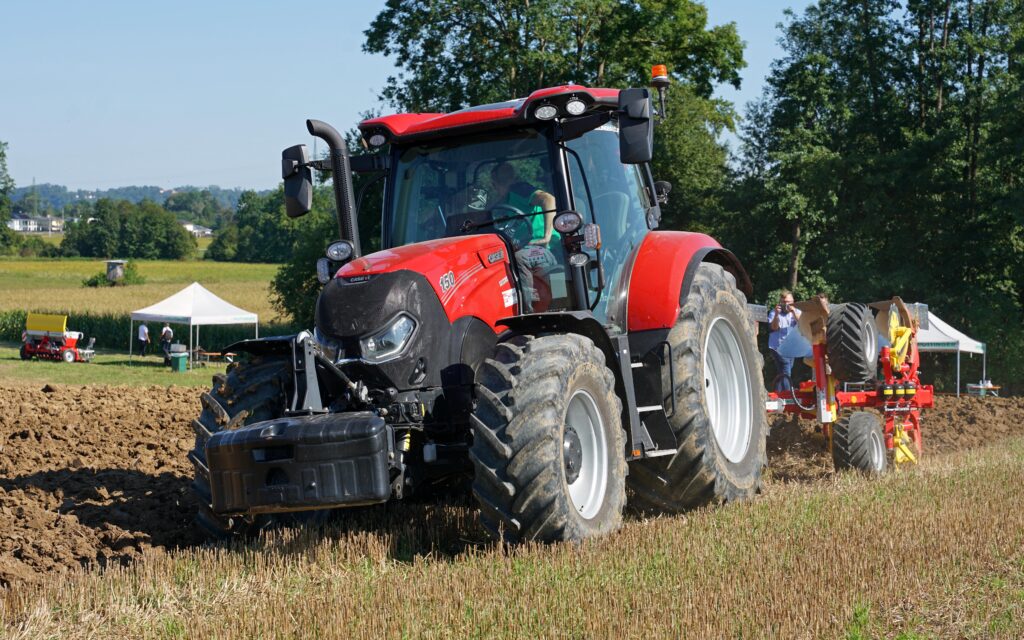
These implements cost tens of thousands of euro; justifying that expenditure will require them to be used regularly, something which might not be possible in a wet season.
The plough, as all plough makers confidently state, is going to be with us for a long time yet.
Cover crops highlighted by industry
However, that does not mean to say that nothing can be learnt from the overall approach and they are not all beyond consideration.
Sky’s Methys HDS hybrid disc cultivator, for instance, could well be useful in the establishment and destruction of cover crops, and with the need to keep the tillage fields green.
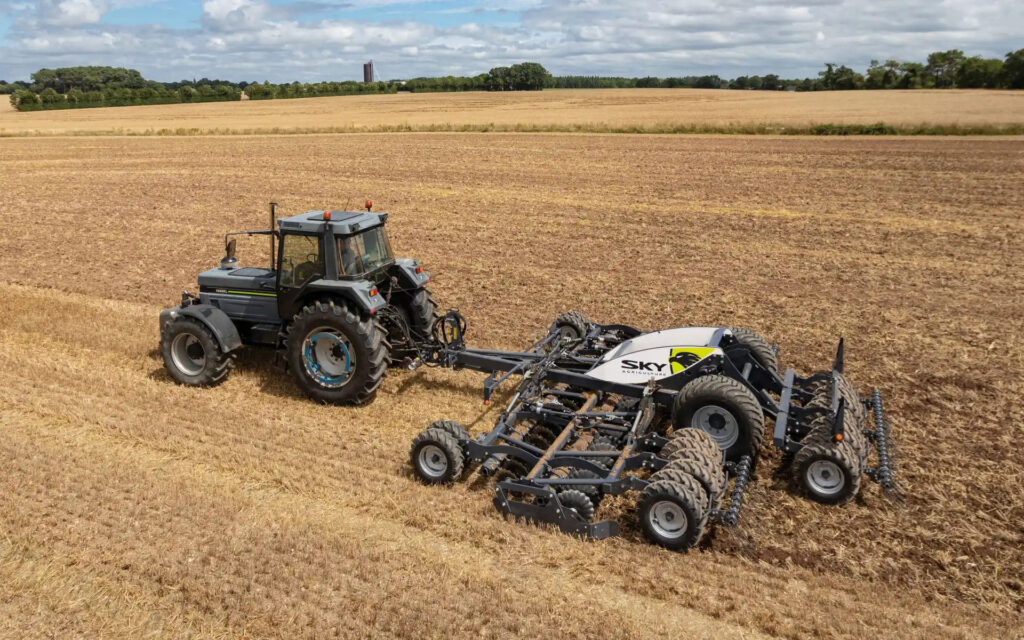
By treating this part of the growing cycle as an integral part of the rotation, rather than an irksome regulation to be met, tools of this type may have a place.
Likewise the attempts to bring digital tech to daily farming operations.
Cameras and computers that are designed to recognise crop rows and differentiate between plant species are gaining in capability at a rapid pace.
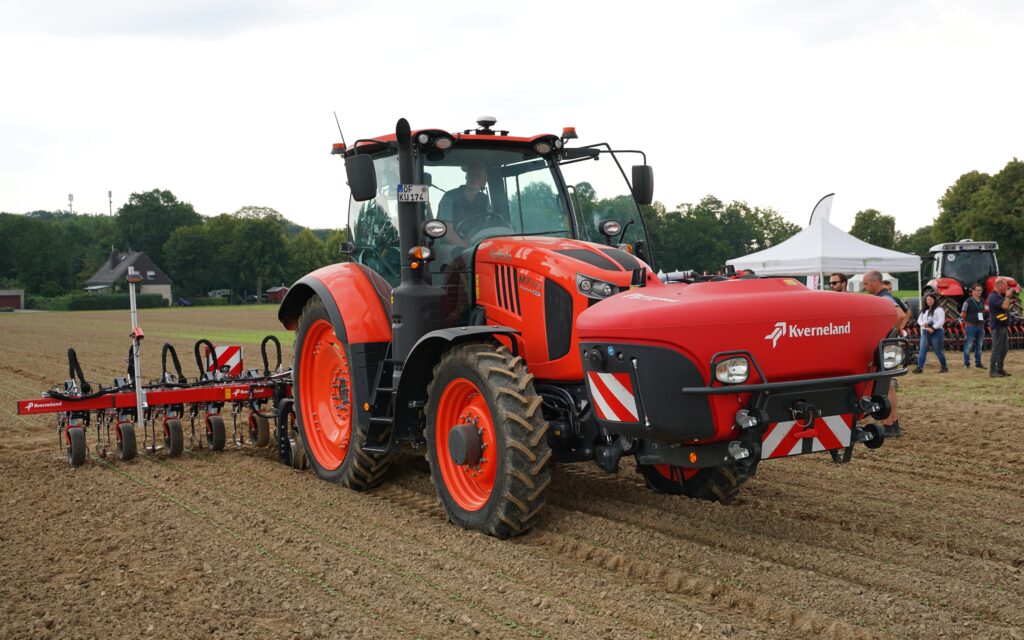
Both Kverneland and Pottinger demonstrated systems that guide soil engaging implements between rows.
However, it was noted that satellite navigation will only give the position of the tractor, which is not accurate enough for interrow cultivation due to the implement being placed at a small distance from the receiver.
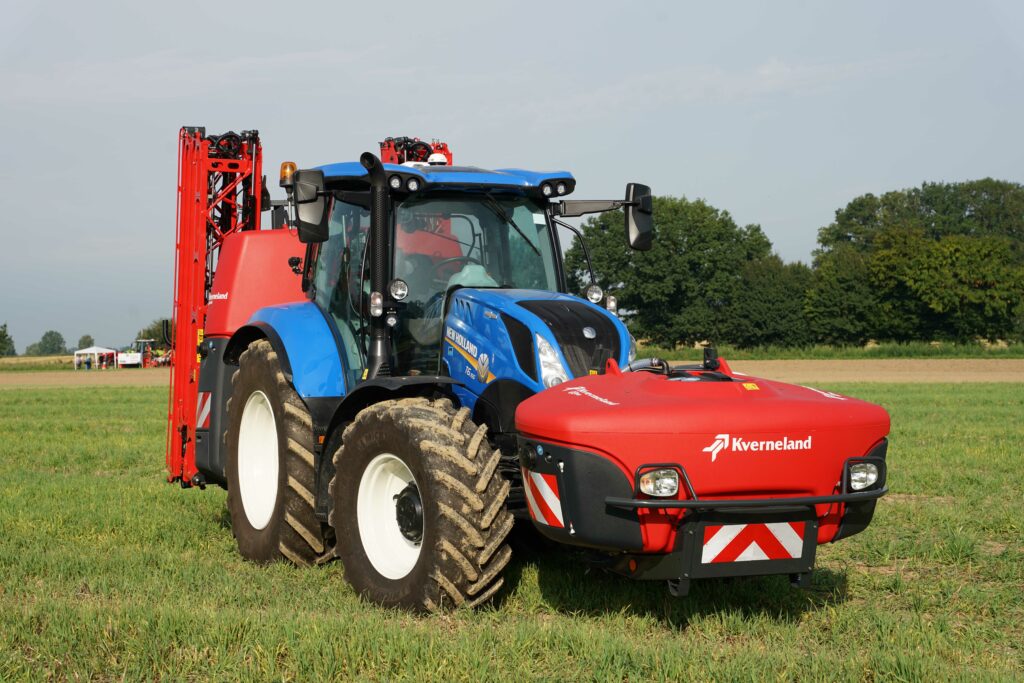
None of these ideas for displacing the sprayer and herbicides are entirely applicable to large cereal acreages, but if they do become so, then truly the age of mechanical weeding will be upon us.
Carbon and the environment
It is not at all apparent that machinery manufacturers are totally onboard with the Green Party’s more extreme warnings of immediate doom unless we stop farming altogether, which will be even more disastrous.
Questions were raised on several occasions during the various media meetings with regards to the scale of the problem and the manufacturers approach to dealing with it, and only the one was answered unequivocally.
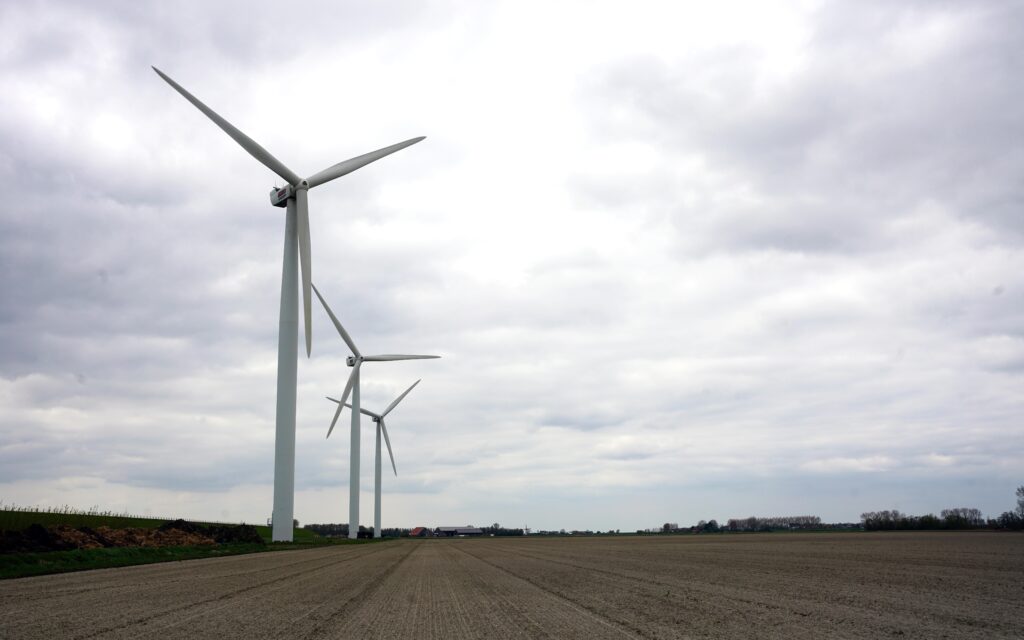
It was asked of a tractor manufacturer, which had been regaling us with its green credentials, if it still intended to sell the more polluting Tier Three engined models in markets that did not demand the standards that are required in the west.
The commendably honest answer was yes, it does, which undermines the industry’s attempts to present itself as a paragon of environmental virtue, but the company concerned is not alone in this by any means.
Another point raised was the conflict between feeding a global population of eight billion people, which is aided by increased carbon dioxide (CO2) levels, and the harm we are led to believe is being done to the environment.
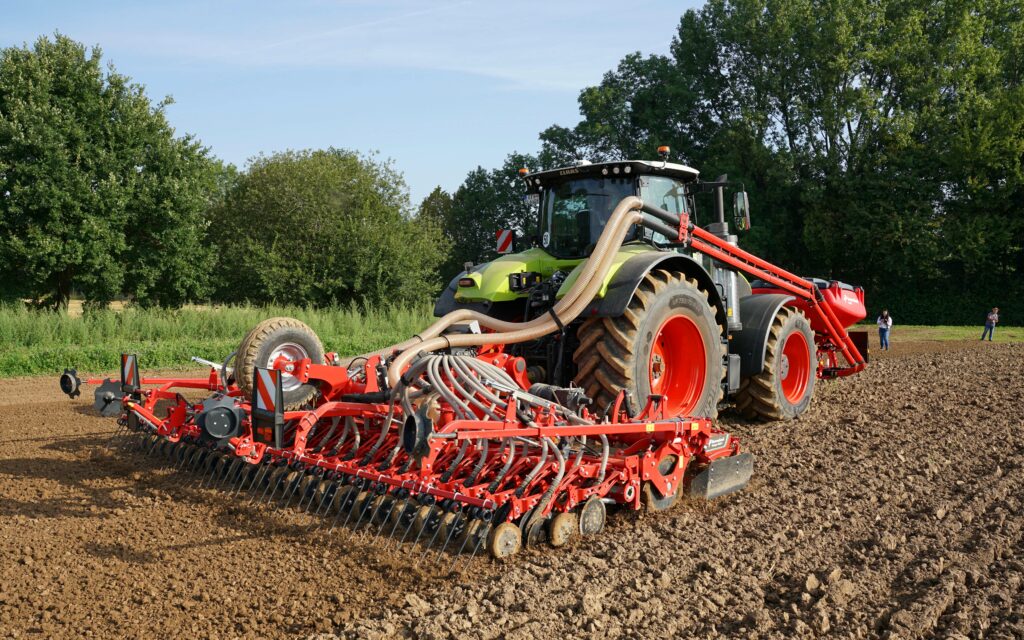
There was no definitive answer to this, nor to the enquiry as to what should be considered the optimum atmospheric CO2 level, to which there was no answer at all.
If the agricultural industry is to be required to make dramatic changes to its practices in order to reduce CO2 levels, then it would only be fair that a definitive target is given, but that has not been forthcoming.
Industry adapts to computing and AI
As mentioned above, there is a great deal of work being done by the industry on the application of digital technology and artificial intelligence (however AI may be defined) to the operation of tractors in the field.
The industry has also been keen to tell us of its future plans for the role of digital technology in farming generally, plans which are often difficult to fully comprehend, couched, as they often are, in the language of software engineers.
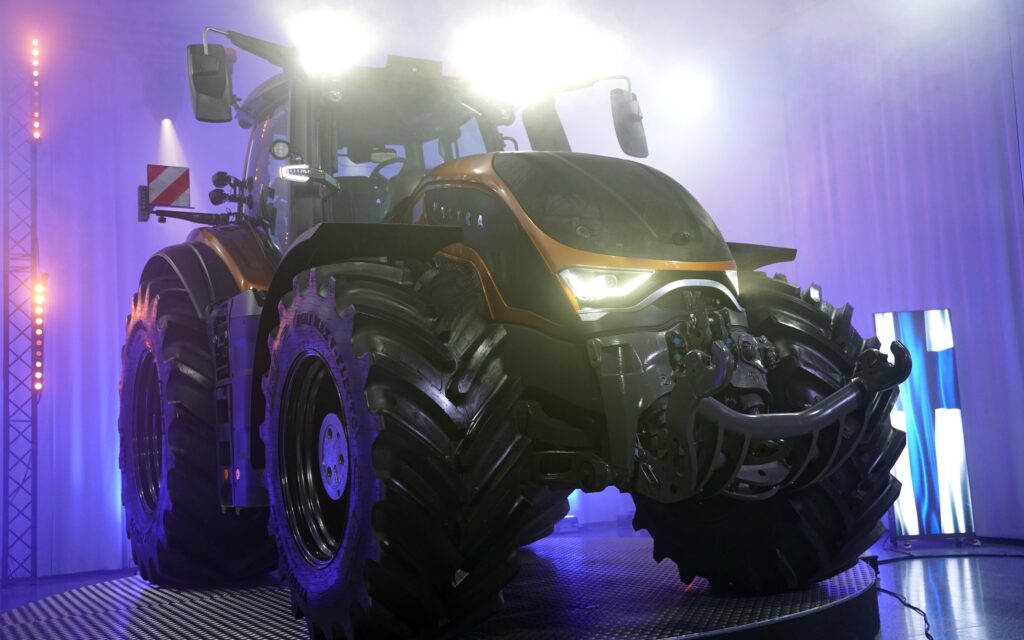
Yet, cutting away at the jungle of jargon, there appears two main fronts, the first is increasing automation while the second is the collection and management of data and the implementation of decisions based upon it.
Naturally the two overlap, and while there is a great deal of visionary talk about both, the use of it in the field still lags way behind what we are told is currently possible.
Automation by increment
Greater automation is, however, enjoying some success with headland management systems being one obvious application that is being readily adopted and appreciated by operators.
Specialist crop growers are also making full use of the impressive accuracy off RTK satellite navigation, but other than fertiliser application, its full benefits have yet to percolate down to everyday farming, in Ireland anyway.
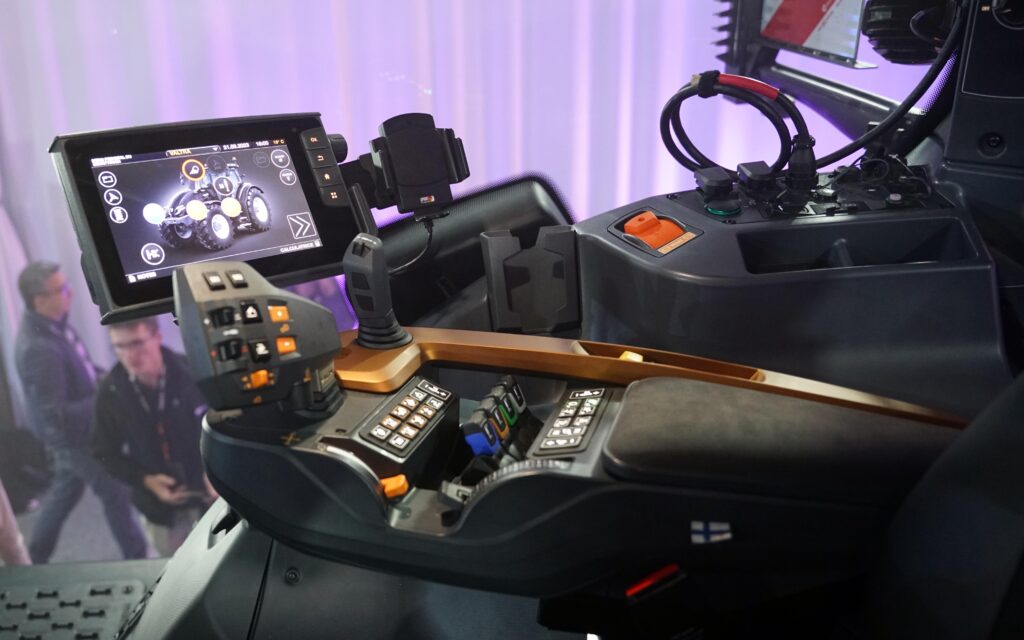
Talk of full tractor autonomy has subsided to a large degree; it is now referred to as something that will happen one day, rather than tomorrow, while any legislative hurdles it might encounter are not dwelled upon at all.
There is a realisation that, contrary to the expectation of big tech, achieving full tractor autonomy is an incremental process and will not happen overnight.
The talk among engineers now is of taking steps towards that goal.
Data collection and its management is still considered a large part of the future of farming but such is the amount that can be produced the emphasis is now on what to do with it all.
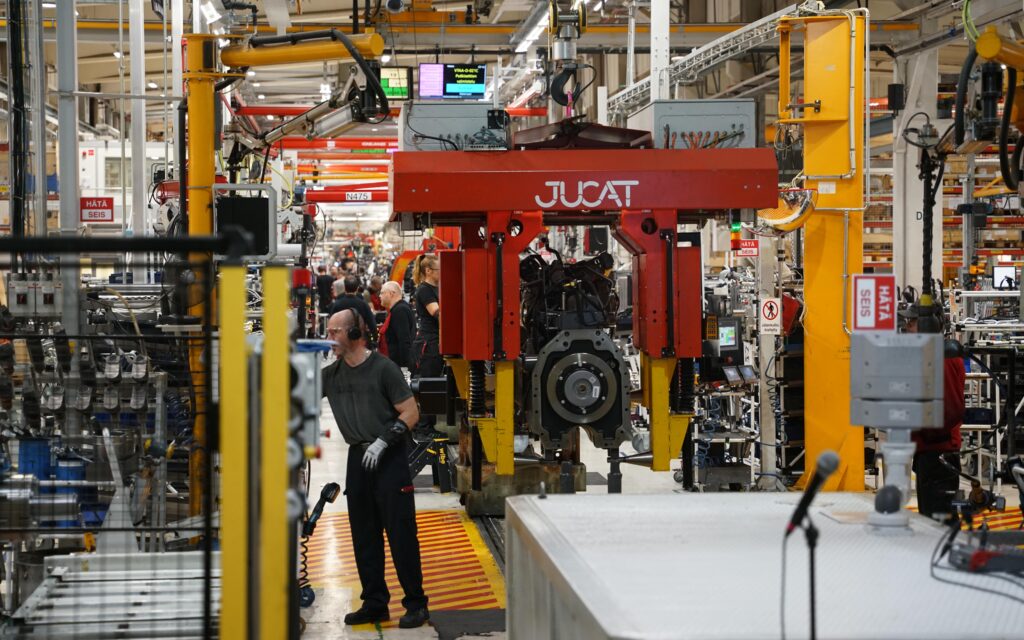
Machinery companies are quick to adopt systems that can produce data such as crop yield, and they are also rapidly developing methods, such as section control, which can utilise management decisions based on that data.
Unfortunately there is still a clear link between the two missing, that is universal and can be adopted and understood by all farmers and operators.
Sadly, there was little indication among last summer’s flurry of activity that this is being addressed.
